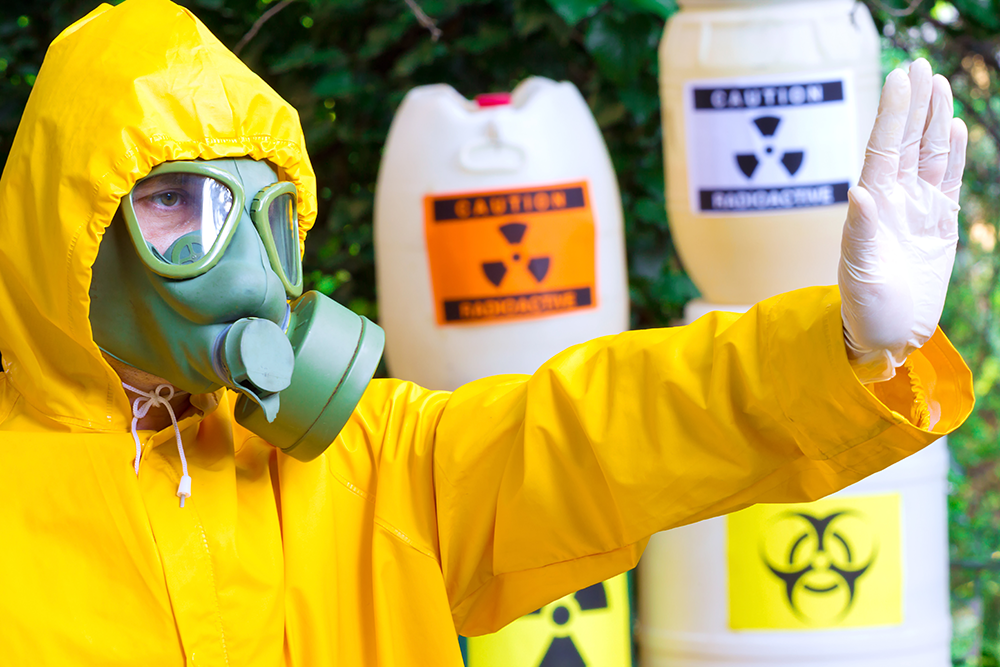Biohazard Removal: Safe Handling and Disposal of Hazardous Products
Biohazard Removal: Safe Handling and Disposal of Hazardous Products
Blog Article
Specialist Biohazard Cleansing and Purification for Blood, Bodily Fluids, and Hazardous Products
The possible health dangers linked with exposure to biohazards underscore the essential requirement for meticulous handling and extensive clean-up. As we navigate the complex landscape of biohazard cleanup, recognizing the nuances of laws, compliance, and the customized tools at play becomes crucial in making sure a secure and comprehensive decontamination process.
Health Threats of Biohazard Direct Exposure
Exposure to biohazards poses substantial health and wellness risks that can result in serious effects for areas and individuals alike. Biohazards include a vast array of organic compounds, including blood, physical liquids, mold, bacteria, infections, and various other potentially contagious materials. When people enter into contact with these biohazards, whether via crashes, inappropriate handling, or ecological direct exposure, they deal with the threat of contracting severe health problems or conditions.
Among the key health dangers associated with biohazard exposure is the transmission of infectious illness. Bloodborne microorganisms such as HIV, liver disease B and C, and various microorganisms can be existing in biohazardous products, posing a direct danger to human health. Breathing in air-borne biohazards like mold spores or entering call with polluted surface areas can likewise bring about respiratory issues, allergic reactions, and various other damaging health and wellness results.
Additionally, biohazard exposure can have long-term wellness implications, with some illness materializing years after the preliminary get in touch with (Blood Cleanup). As a result, it is crucial to focus on correct biohazard cleansing and decontamination to alleviate these health and wellness dangers and make certain the safety of areas and individuals

Specialized Educating for Biohazard Cleanup
When it pertains to taking care of biohazard cleanup efficiently and securely, specialized training plays a basic role in ensuring appropriate decontamination procedures are followed. Biohazard cleaning needs particular expertise and skills to effectively alleviate risks related to bloodborne microorganisms, physical fluids, and harmful materials. Experts educated in biohazard cleanup undertake strenuous guideline on just how to securely take care of, get rid of, and throw away biohazardous products to avoid contamination and direct exposure.
Specialized training for biohazard clean-up covers a variety of vital subjects, consisting of appropriate individual safety equipment (PPE) use, bloodborne pathogen understanding, purification strategies, and contaminated materials disposal methods. People learnt biohazard clean-up are equipped with the required experience to evaluate contamination levels, recognize prospective dangers, and implement ideal cleanup treatments in compliance with regulative criteria.
Continual training and education and learning are extremely important in the field of biohazard cleanup to remain upgraded on the most up to date purification modern technologies, safety procedures, and regulations. By buying specialized training, biohazard cleanup experts can efficiently react to emergency situation cleaning scenarios and secure both public wellness and the atmosphere.
Relevance of Correct Purification Techniques
Using appropriate decontamination strategies is vital in biohazard cleaning to properly lessen and eliminate hazardous materials health risks. Effective decontamination not just guarantees the removal of noticeable traces of blood, physical fluids, and various other biohazards however likewise targets invisible virus that may pose severe health risks otherwise correctly eradicated. By following rigid purification protocols, trained experts can substantially reduce the risk of direct exposure to dangerous microorganisms, viruses, and microorganisms that might cause infections or diseases.
Appropriate purification methods entail the use of specialized tools and disinfectants that are particularly created to reduce the effects of biohazards efficiently. Extensive cleansing and sanitation of polluted locations are essential to prevent the spread of pathogens and guarantee a risk-free environment for occupants. Furthermore, the appropriate disposal of biohazardous waste adhering to purification treatments is crucial in preventing contamination of other surface areas or people.

Devices and Devices for Safe Cleaning
When dealing with blood, bodily fluids, or unsafe materials, biohazard cleansing experts count on specialized equipment to minimize direct exposure threats and thoroughly sanitize the afflicted area. Furthermore, biohazard cleaning sets containing anti-bacterials, absorptive products, and biohazard bags are made use of to securely include and get rid of of infected items.
Advanced cleaning devices like hospital-grade anti-bacterials, HEPA-filtered vacuums, and misting devices are used to sterilize surface areas and get rid of biohazards successfully. Specialized tools such as sharps containers and biohazard waste disposal bins are utilized to securely handle sharp objects and biohazardous waste products. By using the ideal devices Full Report and devices, biohazard cleansing professionals can make certain an extensive cleaning procedure that prioritizes security and minimizes health risks for both workers and owners of the damaged space.
Laws and Compliance in Biohazard Cleaning
Proper adherence to guidelines and conformity criteria is paramount in biohazard cleansing to ensure the security of both personnel and the atmosphere. Government companies such as OSHA (Occupational Safety And Security and Wellness Administration) and the EPA (Environmental Protection Company) have actually established particular standards for biohazard cleaning treatments to reduce health threats and environmental contamination. These regulations cover a variety of elements consisting of the handling, transport, and disposal of biohazardous materials, as well as the necessary training and safety devices needed for workers associated with the cleaning procedure.
Biohazard cleaning companies have to stay updated with these regulations to assure that their operations satisfy the needed safety and security criteria. Failure to conform with these laws can result in severe repercussions, including fines, lawful action, and endangering the wellness of individuals and the atmosphere. By complying with rigorous regulations and compliance procedures, biohazard cleaning business can official website effectively alleviate risks and make sure a risk-free and extensive cleaning procedure for all parties included.
Final Thought
To conclude, biohazard cleaning and decontamination require specific training, correct techniques, and adherence to laws. Direct exposure to blood, bodily fluids, and hazardous products postures considerable health and wellness risks, making it critical to utilize the right equipment and devices for safe cleanup. By adhering to rigorous protocols and guidelines, professionals can successfully minimize the dangers connected with biohazard exposure and ensure the safety and security of both themselves and others.
As we navigate the complex landscape of biohazard clean-up, understanding the nuances of laws, conformity, and the specific tools at play ends up being vital in making sure a extensive and secure decontamination procedure. (Blood Cleanup)
When it comes to taking care of biohazard clean-up successfully and securely, specialized training plays a basic role in making sure proper purification treatments are complied with.Using proper decontamination strategies is crucial in biohazard cleaning to successfully remove dangerous products and lessen Discover More wellness threats. In addition, biohazard cleaning kits consisting of anti-bacterials, absorptive materials, and biohazard bags are made use of to safely consist of and dispose of infected items.
Government agencies such as OSHA (Occupational Security and Wellness Management) and the EPA (Environmental Defense Agency) have actually established details guidelines for biohazard clean-up procedures to lessen wellness risks and environmental contamination.
Report this page